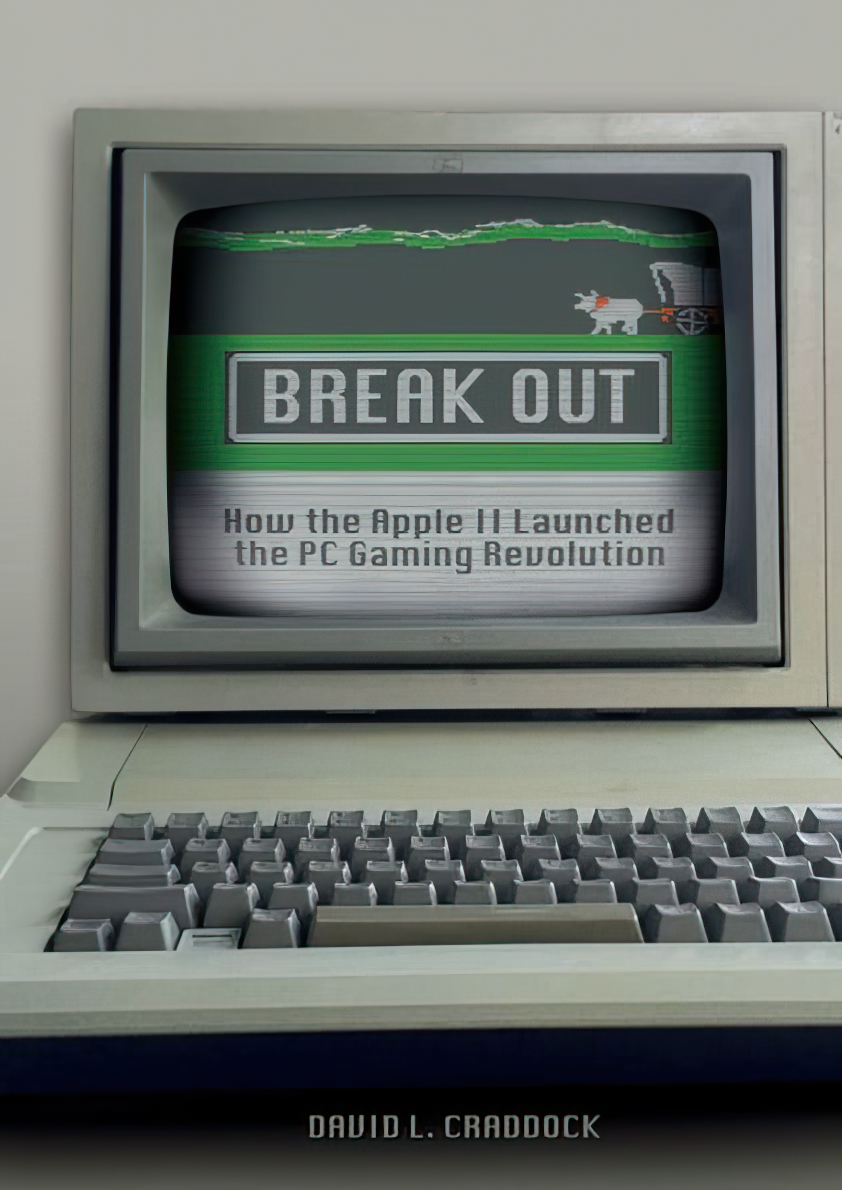 Story: Beginning with the development of the venerable Apple II computer itself and then examining the histories of several individual games (and, in some cases, starting points for franchises) and their creators, this book traces the history of home computer gaming on the Apple II from “programmed by hobbyists and sold on floppy disks in Ziploc bags” to a multi-million dollar industry whose past still informs its present.
Story: Beginning with the development of the venerable Apple II computer itself and then examining the histories of several individual games (and, in some cases, starting points for franchises) and their creators, this book traces the history of home computer gaming on the Apple II from “programmed by hobbyists and sold on floppy disks in Ziploc bags” to a multi-million dollar industry whose past still informs its present.
Review: I’m always a sucker for the story of video game industry decision-making, and I’m always a sucker for biographies of video game developers, especially if they’re not among the A-list superstars of the field that everyone usually talks about. Break Out delivers both, and manages to balance well-known titles and their creators with those who have not gotten the exposure they deserved over the years.
After an opening chapter which examines how Steve Wozniak constructed the guts and the earlier programming languages on the Apple II to provide scaffolding for future game programmers to use to build their own games (sometimes over the objections of Steve Jobs), we’re introduced, chapter by chapter, to a great many of the game creators, most of whose origin stories begin in the 1970s, as students with access to shared-time computer systems that used punch cards for program storage. The book repeatedly makes reference to the “holy trinity” of 1977 microcomputer releases – the Apple II, the Commodore PET, and the Tandy TRS-80 Model I – and uses that as context to frame how each programmer chose the Apple II as their platform of choice.
From there, the stories are wildly different, covering games as diverse as Wizardry, Ultima, The Oregon Trail, Pinball Construction Set, Karateka, Zork, The Bilestoad, Bard’s Tale, and Sundog: Frozen Legacy, and the individuals or small teams that created them. While many of these chapters also go into some detail about the respective games’ place in the history of the various companies that released them, there are two consecutive chapters that detail the early (and final) days of Broderbund Software, primarily because it too started as a very small venture. These two chapters cover everything from Lode Runner to The Print Shop to Where In The World Is Carmen Sandiego?, and the minds behind both the company and its legendary games.
I appreciate the fact that the author doesn’t stick just to well-known titles. The Bilestoad probably isn’t at the top of many people’s lists of Apple II games, but it’s definitely a forerunner to the controversies of modern video games’ more mature and sometimes gory content. The book does an excellent job throughout of connecting the dots to these games’ modern descendents, either in terms of genre, game play elements, or even just tone. (Pinball Construction Set and the level-editing mode of Lode Runner are rightly held up as ancestors of Super Mario Maker, for example.)
The various designers’ narratives are well told, and it’s easy to get just a little taste of the excitement of that early era of computer game publishing. There were few rules; as was happening in the arcades early on, copycat games were how many of these programmers cut their teeth on Apple II assembly language. You’re quite a way into the book before someone has to abandon the release of anything due to fear of Atari’s corporate lawyers. The people profiled here were paving the way to a new frontier, and the book successfully conveys the excitement of that.
A second volume wouldn’t come amiss.
Year: 2017
Author: David L. Craddock
Publisher: Schiffer
Pages: 256

